Discover the world of modern and contemporary art from Africa and its diaspora with Pavillon 54's magazine. Engage in enlightening articles, captivating interviews, comprehensive editorial coverage, enriching videos, and stimulating experiences. Join our community to stay informed, learn, and actively participate in the dynamic landscape of African art.
-

In this article, Pavillon54 explores the world of Tinga Tinga art, a distinct painting style that originated in East Africa, particularly in Tanzania.
-
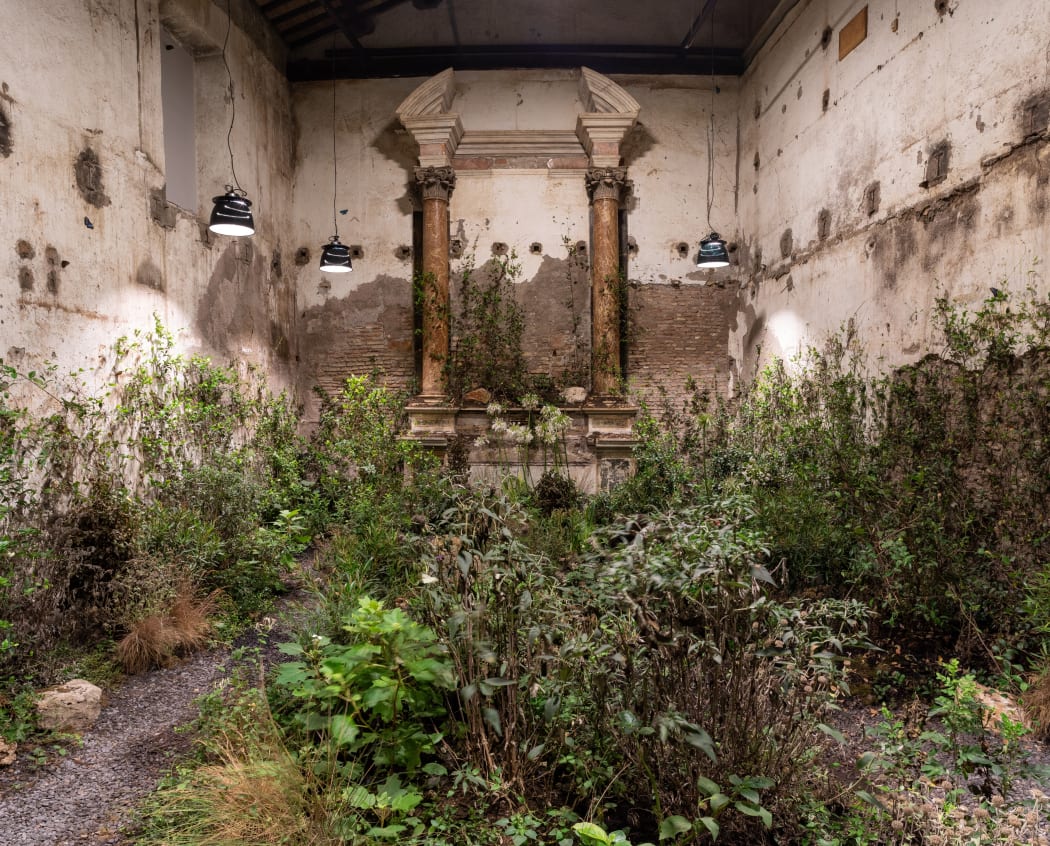
In the investigation of identity and reconciliation of forgotten histories to the present, the concept of a place is significant to the African art narrative. As an active observer of their immediate environment, an artist is in constant dialogue with a place, physical or non-physical.
There’s more emphasis on what the place means to an African artist in their practice, and this exploration could be political, social or metaphysical as they examine identity, culture, history and the complex relationships between people and their environment. From time to time, African artists have reimagined varied immersive spaces to interrogate diverse topics that affect society. In all, they are questioning and redefining the notion of place in the context of a rapidly changing world.
-
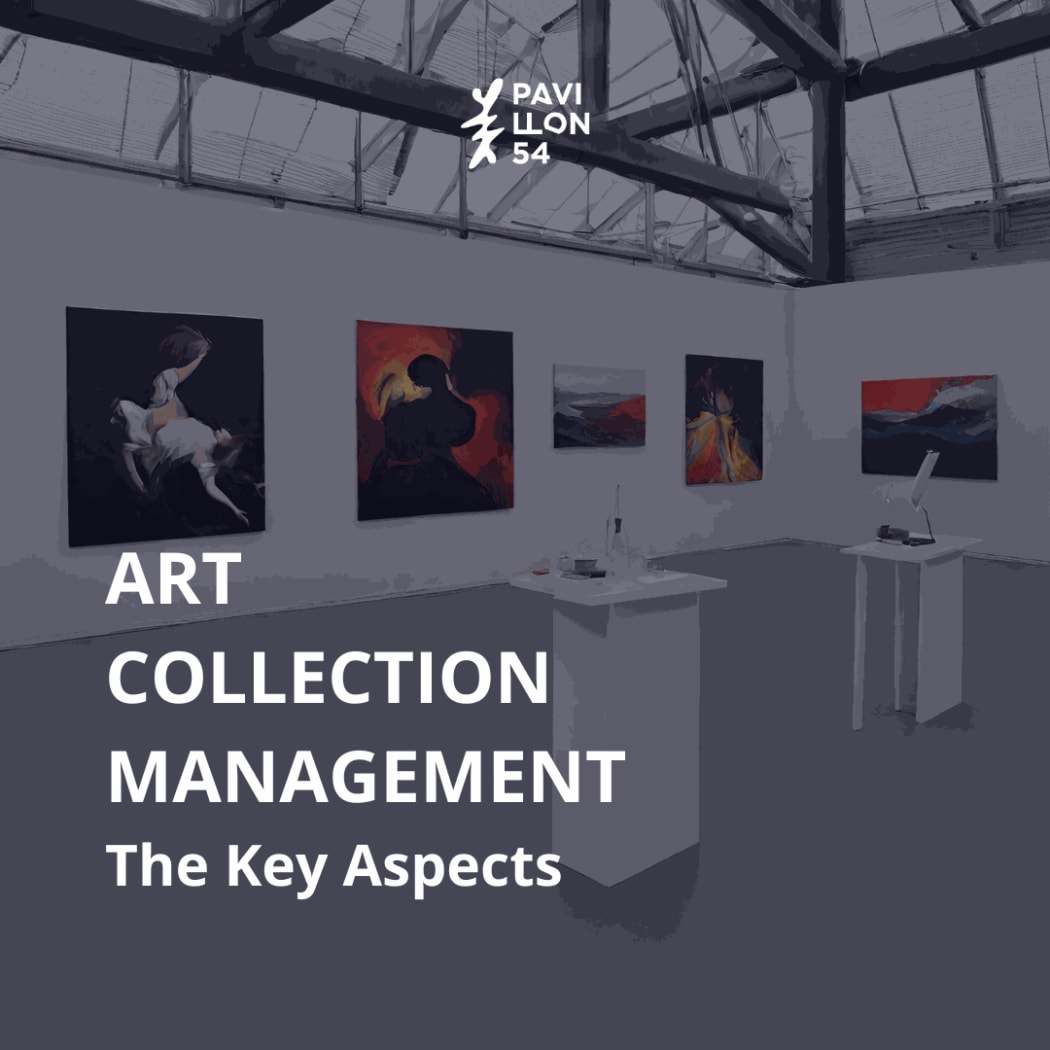 Art collection management is a multifaceted discipline that requires a combination of art expertise, organisational skills, and the use of specialised tools to ensure the longevity and cultural significance of the artworks within a collection. It is an important aspect of managing both private and public collections for a number of reasons. In this short article we explain the key aspects and reasons collection management is vital.
Art collection management is a multifaceted discipline that requires a combination of art expertise, organisational skills, and the use of specialised tools to ensure the longevity and cultural significance of the artworks within a collection. It is an important aspect of managing both private and public collections for a number of reasons. In this short article we explain the key aspects and reasons collection management is vital. -
Abstract African Art
A little more about abstraction in art from Africa and its diaspora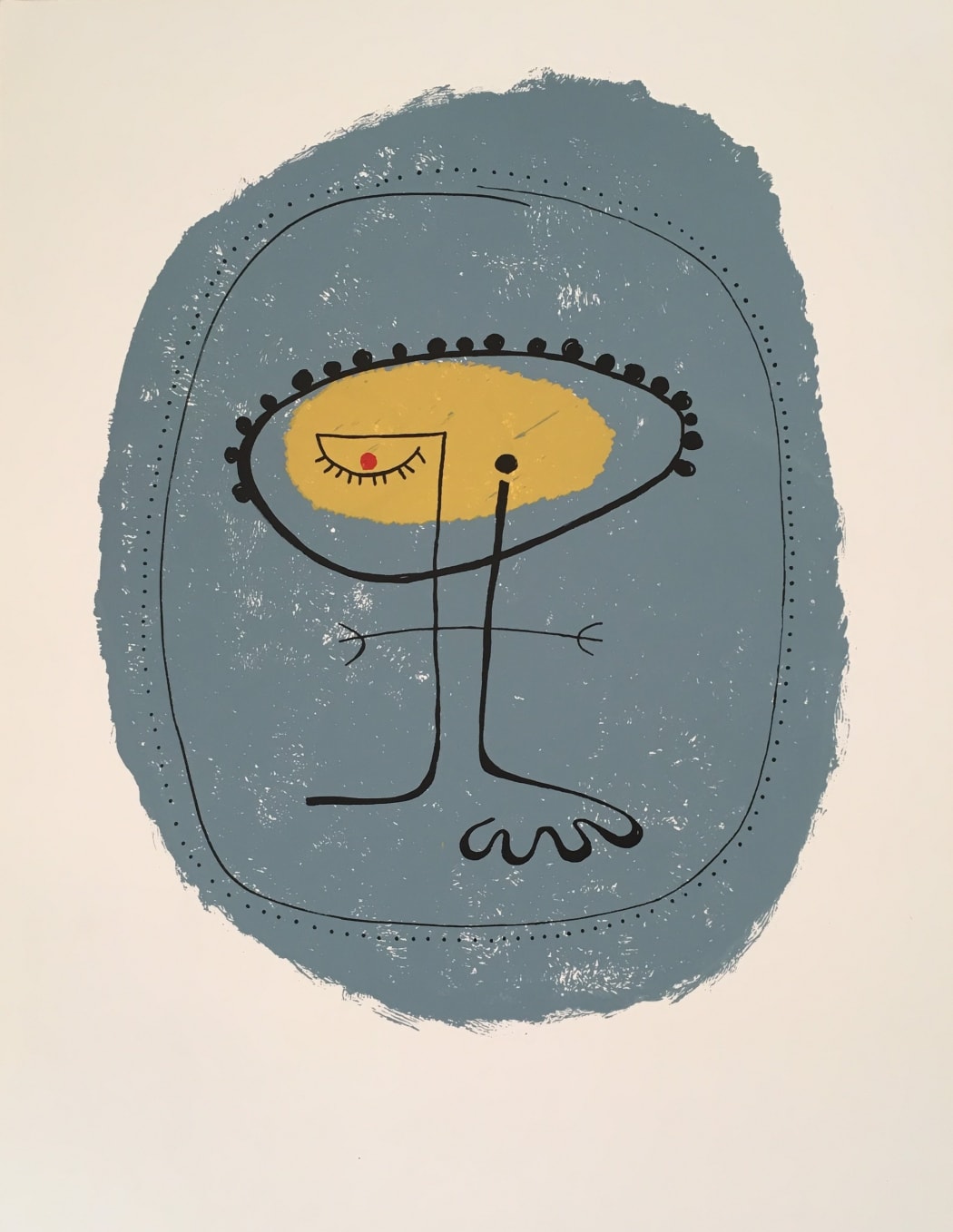 Victor Ekpuk The dancer, 2006 Lithograph on paper
Victor Ekpuk The dancer, 2006 Lithograph on paperThis article will explore the complexity involved in understanding abstract art from the continent and its diaspora and will give examples of artists who work well in this arena.
The influence of European colonialism played a significant role in shaping artistic perspectives in Africa and the diaspora. Traditional art forms, often characterised by figurative and symbolic representations, were sometimes marginalised in favour of Western artistic styles.
-

In this series, collectors are invited to open their art collections to Pavillon 54 readers.
Collector Ugoma Ebilah is one of the unusual suspects in the ever-booming Lagos art scene in Nigeria. A corporate finance professional turned creative entrepreneur, Ugoma is known for her community-building efforts and dynamic taste-making. She is the founding director and chief curator at Bloom Art, a portfolio gallery and private art salon set in the heart of Victoria Island.
-
 The annual Art Basel and UBS Art Market Report is out. With pages and pages of well-researched insights on the global art market from the previous year, the report covers topics from NFTs and online sales to auctions, dealers and fairs. It’s dense and certainly doesn’t qualify as light reading so here at Pavillon54 we break down some relevant findings from this lengthy 2022 report.
The annual Art Basel and UBS Art Market Report is out. With pages and pages of well-researched insights on the global art market from the previous year, the report covers topics from NFTs and online sales to auctions, dealers and fairs. It’s dense and certainly doesn’t qualify as light reading so here at Pavillon54 we break down some relevant findings from this lengthy 2022 report. -

Celebrating a decade of contemporary South African art, Investec Cape Town opened its doors for its tenth edition. From modest beginnings, it is now generally acknowledged as the largest international contemporary art fair in Africa. The fair focused on the concept of time — the theme was broad, appropriately so as time is all-encompassing of ideas about the past, present, and future as well as the ever-important concept of change that comes with time. The tenth-anniversary timing for this theme was also appropriate. The fair reached its ten-year height, boasting 25 000 visitors, 106 exhibitors from 18 different countries, and 337 artists; it was the fair's largest-ever edition.
To accompany this larger-than-ever, birthday-bash edition, were some spectacular highlights that are worth celebrating especially because this fair has much to teach other fairs on the continent.
-
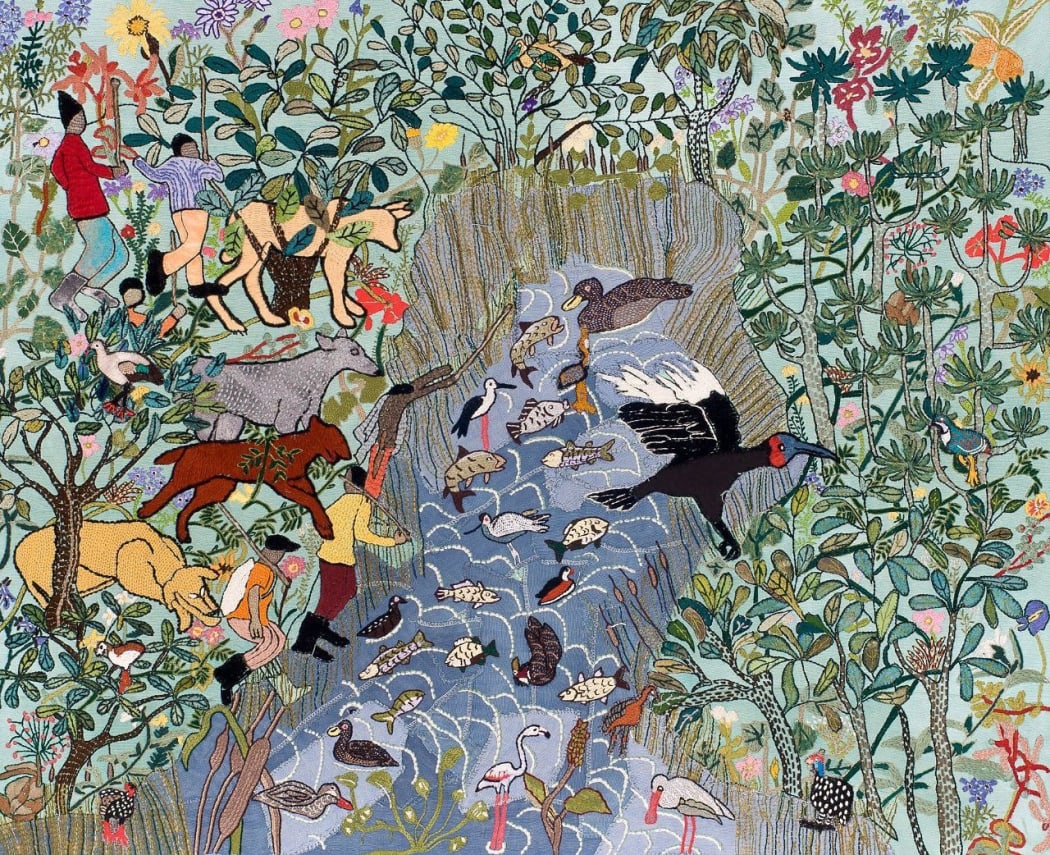
What is defined as textile art is art that uses varying materials and fibers to produce decorative, artistic objects. It’s one of the oldest forms of art in history and has played a part in practical and decorative man-made objects for hundreds of thousands of years. Across the African Continent, textile art has played a huge role in reflecting the individual cultures and styles of specific countries and areas.
Nowadays, many contemporary artists are weaving together a rich variety of textile art in new ways. This list, which is in no way complete, offers a taste of what contemporary artists working in the medium offer.
-
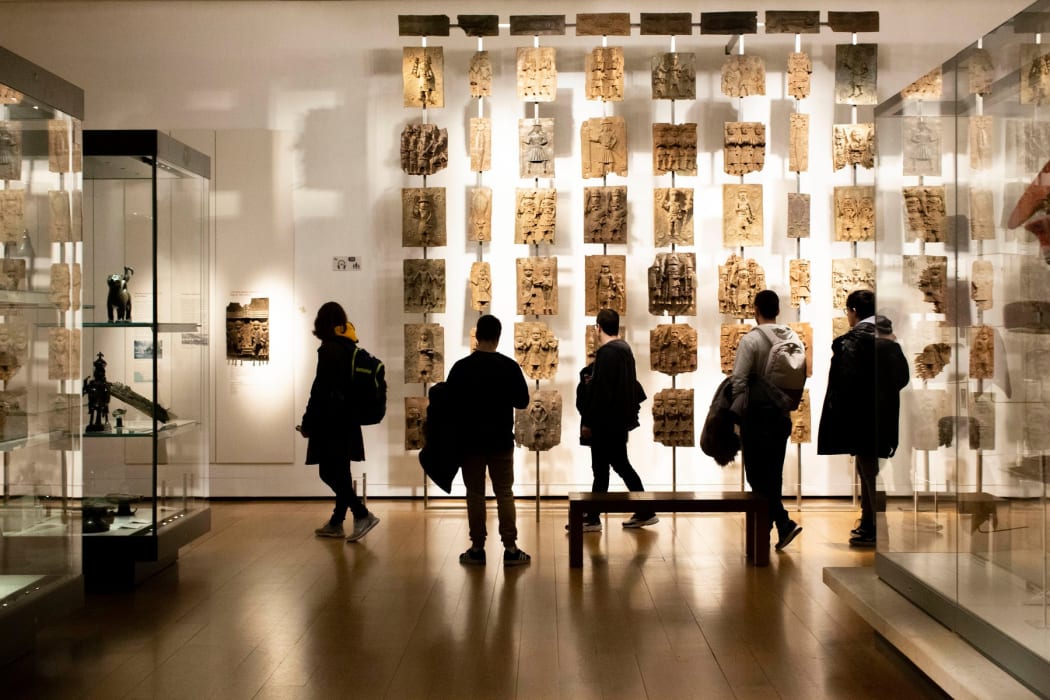
If you’ve been reading our art market coverage of the African Art Market in articles such as our African Art Market Report 2021 or our ‘Break down of the African Art Market,’ you’ll know that African art sales maintained healthy volume and growth last year. Despite the total restructuring of the global art market due to the COVID-19 pandemic, galleries and art organisations in Africa managed to stay afloat for the most part, and have made a vigorous comeback with art fairs, gallery shows and a growing collectorship on the continent adding to the market’s success. But how has the African art market fared so far in 2022? We provide the key insights from the first half of this year below.
-
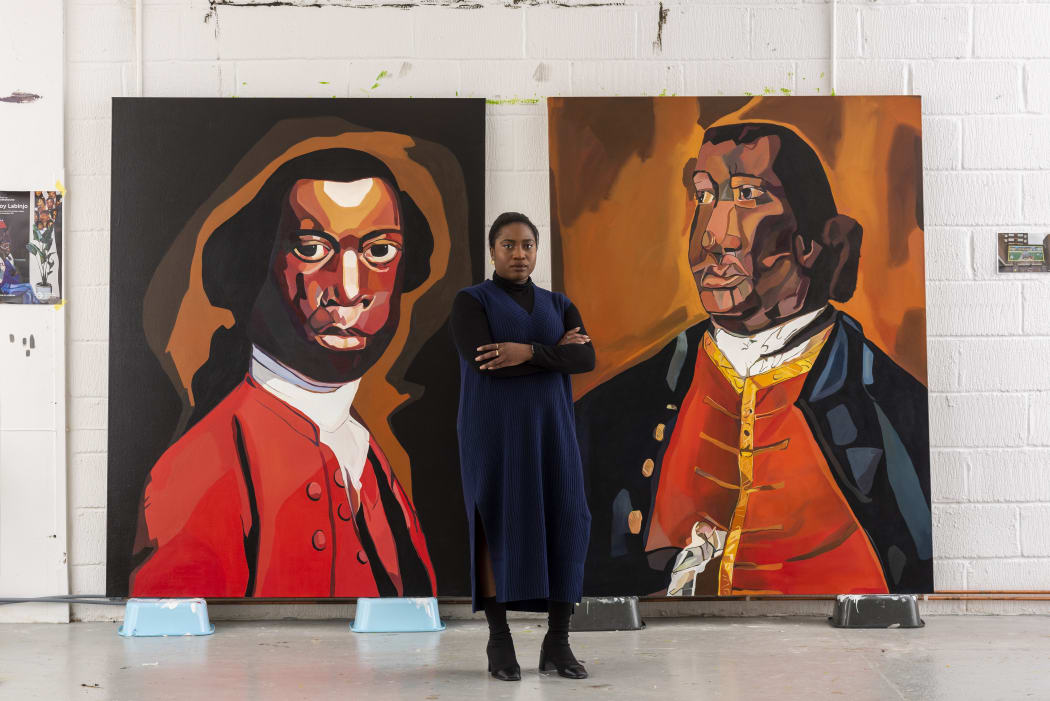 Lovers, collectors and dealers of African art have a new rising star to keep their eyes on: Joy Labinjo. The British-Nigerian artist, who paints large-scale figurative paintings, often of black individuals, has leapt to rapid success in recent years, known for her talent in capturing sensitive, independent, contemplative, and vulnerable people — sometimes all in one.
Lovers, collectors and dealers of African art have a new rising star to keep their eyes on: Joy Labinjo. The British-Nigerian artist, who paints large-scale figurative paintings, often of black individuals, has leapt to rapid success in recent years, known for her talent in capturing sensitive, independent, contemplative, and vulnerable people — sometimes all in one. -
 Oluwarantimi by Polly Alakija, public art project commissioned by Lagos Government. Photo @Tayo Adeoye
Oluwarantimi by Polly Alakija, public art project commissioned by Lagos Government. Photo @Tayo AdeoyeAs the second in our series of not-to-miss art destinations when scoping out the art scenes in Africa, we turn to Lagos, one of the leading art capitals on the continent. Lagos boasts a strong artistic tradition. When higher educational institutions were introduced into the country during the 1950s, Nigerian artists began to undermine traditional European-style painting by combining African artistic traditions in their practice, creating a distinct identity. Today, Nigeria hosts one of the largest art fairs on the continent and is home to numerous galleries and cultural institutions. The Pavillon 54 team recently had the privilege of visiting Nigeria and have compiled this list of must-see art spots in its capital city of Lagos.
